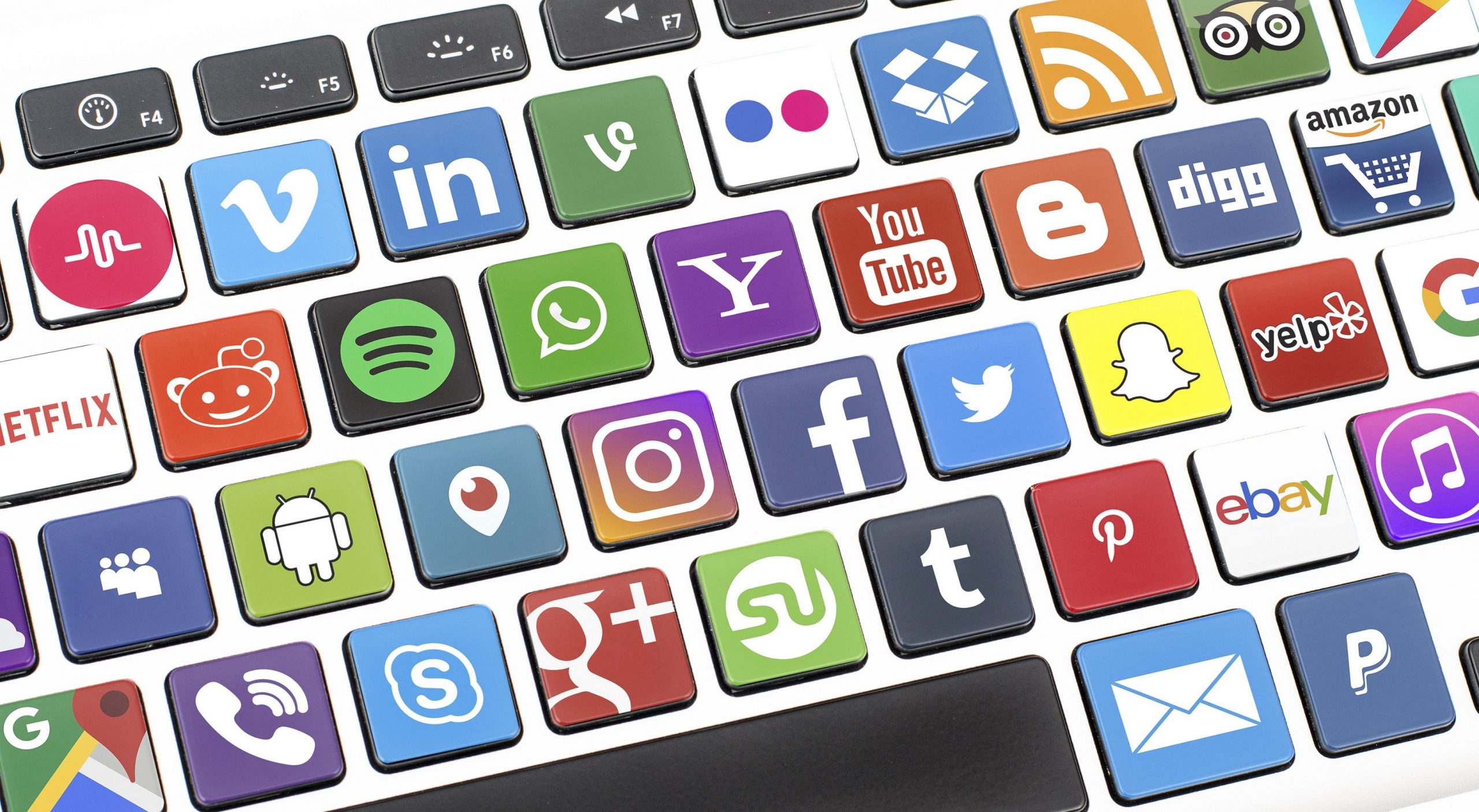As parents when our children sign up for clubs and activities in the real world we can easily check age suitability, in the digital world children can create a digital age to help them gain access to clubs and activities online that may not be age appropriate and can open very real world risks for them, and for parents this is much harder to manage.
Checking your children’s digital age may seem like snooping and not giving children the privacy they are entitled to but it is a necessary part of parenting in the digital world. Using tools like iNetGuardian you can help to control access to certain sites that aren’t age appropriate and this needs to be done alongside sensible conversation about creating a digital age and the dangers of false representation of age online.
According to the Children’s Commissioner for England’s “Like for Likes” report (https://www.childrenscommissioner.gov.uk/publication/life-in-likes/) children can start being active on social media from about the age of 9. Most popular social media platforms have an age limit of 13 years old, however they have little or no age verification process, the child just has to enter their date of birth which can be easily falsified.
Popularity within childhood can equal social acceptance and in a child’s mind more friends equates to popularity which equates to more likes for the things that they post. The likelihood is that they will never have met the majority of these people that they have as friends on social media.
There is an interesting article by The Atlantic that gives some stats to support this – https://www.theatlantic.com/technology/archive/2016/08/the-social-media-invisibles/497729/
“In general, the younger you are, the number of friends you have on a social network increases. Let’s look at how the numbers work on Facebook, in a 2014 study of American users. For those over 65 years old, the average number of friends is 102. For those between 45 and 54 years old, the average is 220. For those 25 to 35 years old, the average is 360. For those 18 to 24, the average is 649. What does that mean for the under-13s, the social media Invisibles? The answer is, who knows? There are no reliable numbers.”
If a child who is 9 has lied about their age to get on social media, by the time they are 14 their digital age will be 18 which then will give them access to very adult focused advertisements and content.
Social media allows companies to target their users based on age which can mean that adverts targeted at users who are 18+ could be shown to a user who gave false information about their age. There are obvious guidelines around what can be advertised on social media platforms however the adverts will be targeted at an adult audience for instance online gambling.
Children often do not distinguish reality from fantasy and believe that everything they see on social media is accurate and true to life, in all honesty this can affect adults as well so we cannot expect a young child to be able to separate fantasy from reality.
Ditch the Label have produced a video show that life on social media postings and real life can be very different it’s called “Are You Living an Insta Lie? Social Media Vs. Reality”, go to: https://www.facebook.com/DitchtheLabel/videos/10154097367221008/ to view the video.
While social media has benefits for children there are obvious risks associated such as Cyber Bullying, pressure for peers to like posts, pressure to respond to messages as quickly as possible. Younger children could be more adversely affected by these.
In the US the Children’s Online Privacy Protection Act (passed in 1998) protects children under 13 as it requires that website operators and online service providers give notice and obtain permission from a child’s parent before collecting any personal information (name, address, phone number etc). Companies also are unable to collect any information that could identify a child’s location or any audio or video that contains the child’s voice or image. The act does not work if a child under the age of 13 gives false information on their age.
There are alternatives to social media apps and sites that require users to be under 13, have a look at https://www.commonsensemedia.org/lists/safe-chat-rooms-and-social-sites-for-kids for a list of social media sites that have been reviewed by Common Sense Media.
Please check your children’s social media accounts to ensure they reflect the correct age of your child.
Using iNet Guardian can help keep your family safe. In using iNet Guardian you can help your family stay safer online by ensuring they only visit age appropriate websites, set times that the device can access the Internet and also how much time (within a 24 hour window) can be spent online. The service also blocks phishing sites, which are sites which purport to be sites that they are not i.e. fraudulent financial sites with the view to gaining access to your financial information.
Visit www.inetguardian.co.uk for more information and to sign up for a free 30 day trial.

